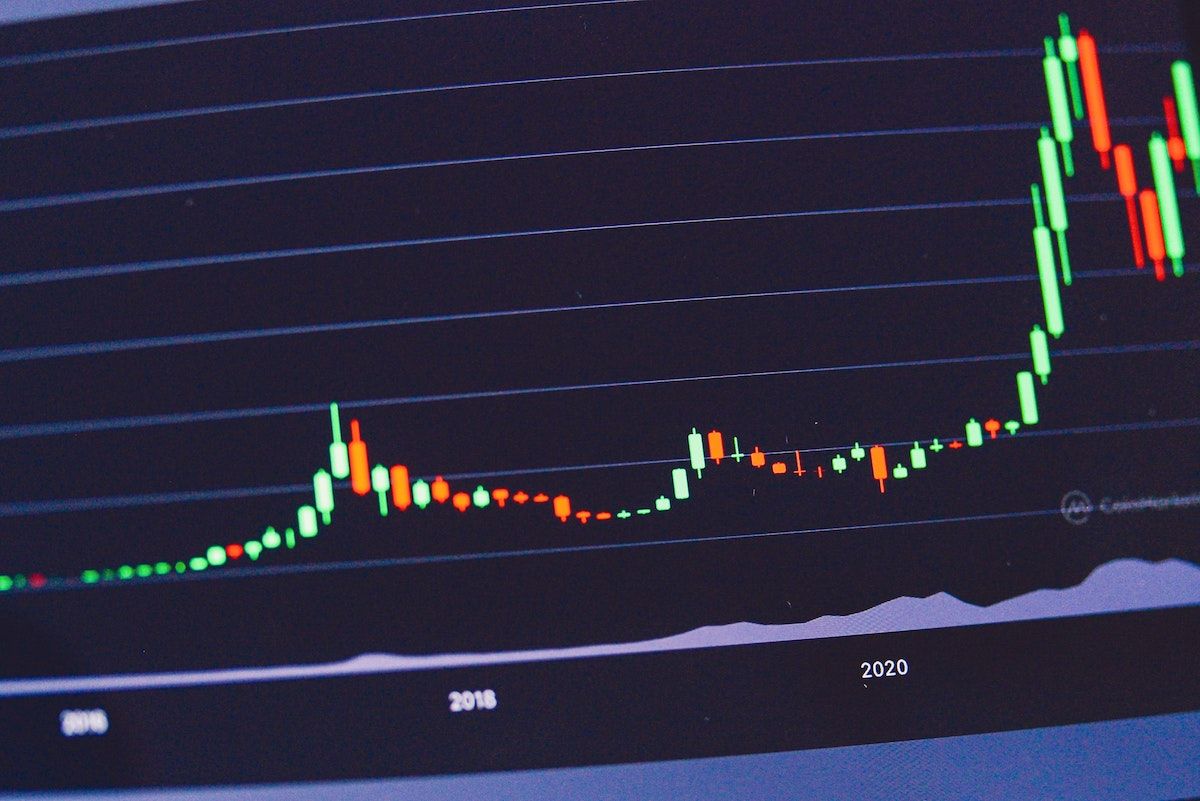Musk to Mars Memecoin Launch Sparks Investor Excitement

The launch of Musk to Mars (MUSKMARS), a new memecoin on the Solana blockchain, has generated significant excitement among investors. With predictions suggesting a potential price surge of over 16,000% in the coming days, early adopters are eager to capitalize on this opportunity. The anticipated listing of MUSKMARS on various cryptocurrency exchanges is expected to attract millions of new investors, creating a buying frenzy that could drive the price higher. This scenario mirrors the explosive growth seen with previous memecoins like Shiba Inu (SHIB) and Dogecoin (DOGE), which turned early investors into multi-millionaires.
Currently, Musk to Mars is only available for purchase on Solana’s decentralized exchanges, such as Jup.ag and Raydium.io. The coin launched with more than $8,000 in liquidity, providing it with a competitive edge over many other new memecoins. Investors looking to buy MUSKMARS must connect their wallets, such as Solflare, MetaMask, or Phantom, and swap Solana for the memecoin using its contract address. This process is relatively straightforward, and those without a wallet can set one up quickly to begin trading.
The ongoing trend of investing in new Solana memecoins comes as larger memecoins like SHIB, DOGE, and DogWifHat (WIF) have shown signs of stagnation. As these established coins trade sideways, many investors are shifting their focus to the potential high returns offered by new entrants like MUSKMARS. While these memecoins lack inherent utility and value, the allure of rapid price increases continues to attract speculative investors hoping to replicate the success of earlier memecoins. Should MUSKMARS follow a similar trajectory, it could pave the way for a new generation of memecoin millionaires in the near future.
Related News





